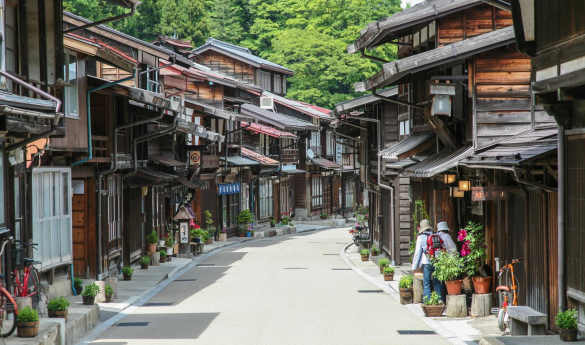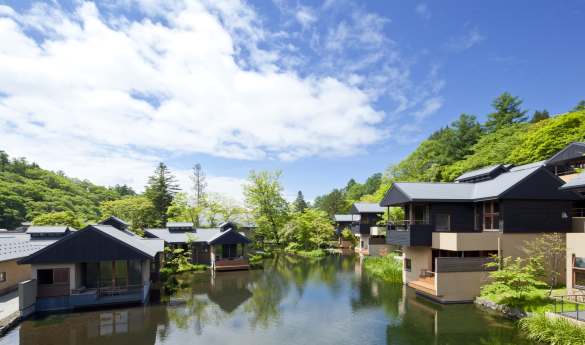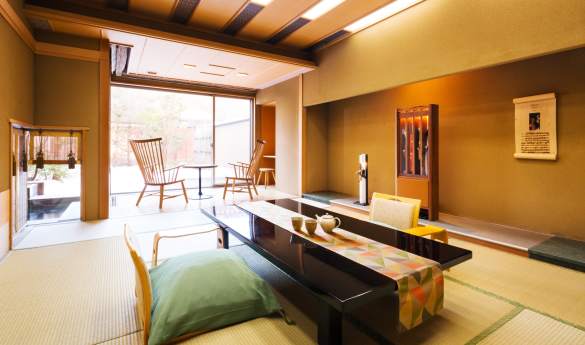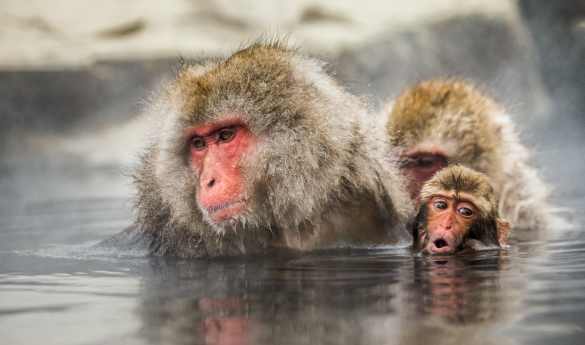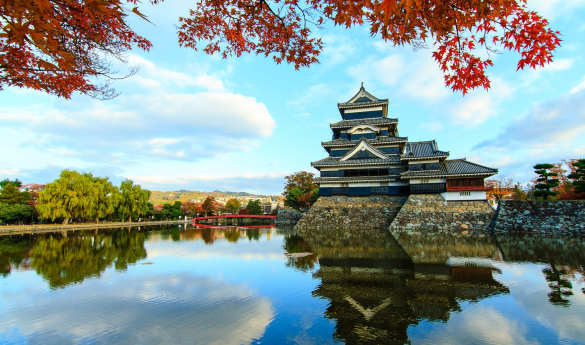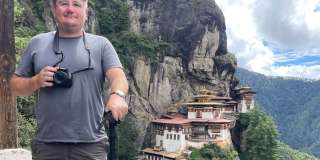Central Honshu Mountains Travel Guide
Discover the mighty peaks of the Central Honshu Mountains, collectively known as the Japanese Alps.
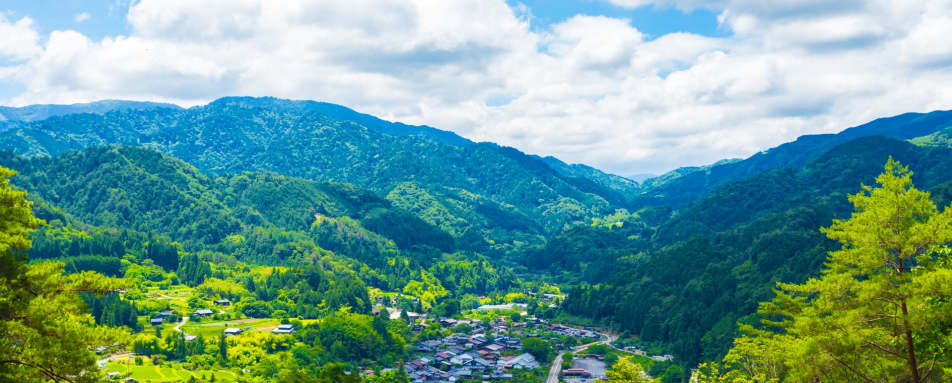
Resting in the center of the main island of Honshu, the Central Honshu Mountains, part of the Japanese Alps, boast outstanding beauty. These towering peaks dominate the landscape and provide the perfect terrain for outdoor pursuits such as skiing, hiking, and Japan’s favorite hobby – onsen.
Where is Honshu Island?
Honshu Island is located in the middle of Japan and is the largest of the four main islands of Japan, lying between the Pacific Ocean (east) and the Sea of Japan (west).
Honshu facts
Honshu Island covers about 800 miles (1,287 km), while its coastline extends 6,266 miles (10,084 km). Honshu also contains almost three-fourths of the total number of prefectures in Japan and is often regarded as the Japanese mainland. Because of this, it tends to be one of the best-known regions of Japan, and it’s here you’ll find a wealth of fascinating cities to explore, including Tokyo, Kyoto, Hakone, Hiroshima, and Osaka.
Honshu is also home to Japan’s highest mountain, Mount Fuji, as well as its largest lake, Lake Biwa. The area is easily accessed via Nagoya, Japan’s fourth largest city, which is worth a day of urban wandering in itself.
So where are the Japanese Alps?
The Japanese Alps lie in central Japan and are a series of mountain ranges comprising the Hida (northern), Kiso (central) and Akaishi (southern), making up part of the Central Honshu Mountains.
Best Time to Visit the Japanese Alps
The Japanese Alps are a spectacular place to visit no matter the time of year, but it’s good to know what to expect throughout the seasons so you can pack and prepare accordingly.
A Seasonal Guide to the Japanese Alps
-

Spring
While most choose to visit Japan’s Alps during the summer or autumn, the spring is a lovely time to visit too - if you’re prepared for a little more unpredictability weather-wise.
The official start of spring is marked by the Kamikochi Opening Ceremony (Kaizan-sai), held at the end of April, and the season then continues on until the end of June. The mountain tops will be snow-covered and the air will be fresh and cool, however, the weather can change quickly and without warning, veering between rain and snow, or being very warm and sunny.
In fact, the sun can be pretty intense with the altitude, so don’t forget a hat and suncream. The wind in the mountains can also be quite strong, even on sunny days, so be sure to pack a windproof jacket if you’re planning on hiking during the spring.
-

Summer
The summer season is one of the best times of year to visit the Japanese Alps, with its warm, sunny days, blue skies and calm waters. The scenery is simply stunning at this time of year (July to September) and has been a source of inspiration for many Japanese artists. During these months, you’ll have good access to several mountain hotels and inns, hot springs and souvenir shops, allowing for a variety of different experiences.
-

Autumn
The autumn season in Japan, particularly in the Japanese Alps, is easily one of the most beautiful times of the year, thanks to the ever-changing colors of the foliage.
Witness the leaves changing from green to red, yellow to orange and brown, while the backdrop of the mountains and glistening lakes make for a truly picturesque setting. Lasting from roughly mid-September through October and November, the autumnal weather remains relatively mild, too, making it an excellent time for hiking in the Japanese Alps.
As with spring though, be sure to bring suncream and a windproof jacket in case of any unexpected weather.
-

Winter
If you’re looking to ski in Honshu, winter is easily the best season to do so since the mountains are covered in thick, powder-soft snow.
But that’s not the only winter activity you can do here. Why not explore the Zen gardens of Kyoto, which are particularly enchanting during the winter? Or you could visit the snow monkeys in Nagano or experience deep relaxation at one of the area’s many onsens.
- Spring
- Summer
- Autumn
- Winter
Where to Go in the Japanese Alps
There are plenty of places to explore in the Japanese Alps, each offering a different and unique experience. So if you’re looking for things to do in Honshu, we’d recommend a visit to some of the key destinations below:
Honshu Island Tours
The best way to experience the island of Honshu is with a personalized tour of the destination. That way, you’ll get to see all of its best bits in a timescale that suits you.
At Scott Dunn, our luxury tours are led by destination experts who know the country like the back of their hand, so you’ll be sure to pick up lots of fascinating Honshu facts and travel tips along the way.
To see the best of what Honshu Island has to offer, we’d highly recommend the Exceptional Japan tour, which takes in both Honshu’s main cities such as Tokyo and Kyoto, as well as some of its most scenic spots like Lake Kawaguchi and Tsumago’s Nakasendo Walking Trail.








